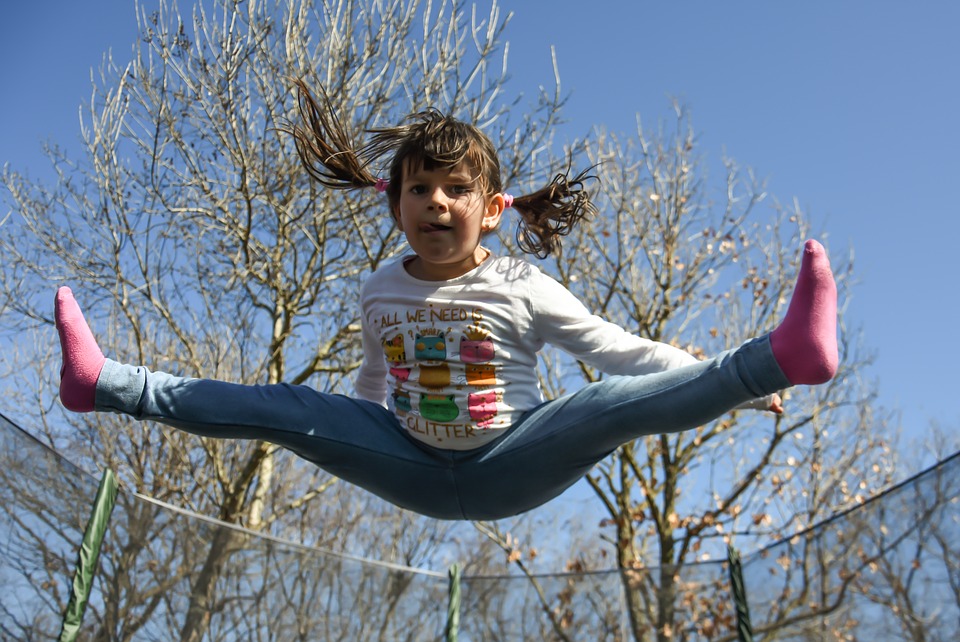We believe that all parents want what is best for their children. We also know that our world is changing more quickly than ever before, and sometimes we are swept into new lifestyles before we realize it. Who would have imagined 30 years ago that we would need to encourage parents to send their children outside to play? But, with children spending between 40 and 60 hours per week attached to electronic umbilici, and the balance of their time scheduled between school, sports and other extracurricular activities, educators, doctors and early childcare experts are beginning to see a myriad of negative effects ranging from reduced cognitive development as a result of overly structured activities that do not stimulate problem solving and creativity, to childhood obesity, reduced muscle development and balance and other physical ailments.

The United Nations High Commission for Human Rights recognizes play as a right of every child and the American Academy of Pediatrics states that “Play is essential to development because it contributes to the cognitive, physical, social and emotional well-being of children and youth”. The AAP goes on to say that “even those children who are fortunate enough to have abundant available resources and who live in relative peace may not be receiving the full benefits of play. Many of these children are being raised in an increasingly hurried and pressured style that may limit the protective benefits they would gain from child-driven play.”
We hope that your family will take a step back from the hurried lifestyle to which we have become accustomed, and recognize the need for all of us, but especially our children, to have free time for play! Here are a few ideas to get your kids started. Once they’re outside, we predict that they’ll have plenty of their own ideas!

Tips for Parents and Mentors to Encourage Outdoor Play
1. If you live in a house, create a child-friendly backyard.
2. Give children a place on the porch, deck or in the bedroom where they can display nature treasures that they find and want to keep.
3. Provide simple tools to aid discovery. Kids love tools! Include a bug box, trowel, magnifier, etc.
4. When you take children to parks and other natural areas, allow them to explore. Let them decide which trails to take. Stay nearby for safety, but don’t interfere or help unless asked.
5. Encourage plenty of time outside. Consider taking a walk to the library, store or post office instead of driving.
6. If a child asks or remarks about a landmark or natural feature you drive past often, find out more about it and go for a visit.
7. Take advantage of the natural resources available in your area. Take children canoeing, kayaking or fishing.
8. Take a few leaves from different trees while the children are not looking. Give them the leaves and ask them to find which trees they came from.
9. Provide a tree identification book to help kids learn about the trees in their own neighborhood.
10. In the fall, leave the fallen leaves down for awhile so kids can run around and shuffle through them.
11. Rake up a big leaf pile and let them demolish it. If they’re not preschoolers, leave the rake out so they can rebuild it if they want.
12. If you have an appropriate area, let older children build a campfire in the backyard. Set safety rules, then stay away while they and their friends discuss hot topics. Check for safety by looking out the window or wandering out to ask if they need more snacks.
13. Put out bird feeders that can be seen easily from windows. Let children help feed the birds. Keep a bird book by the window to help them identify what they see.
14. Make up challenges for children to do outside, similar to the “Survivor” television show. This is a guaranteed kid pleaser, especially if there is a reward (a gift of time with Mom or Dad, or perhaps a night off from helping with the dishes).

Sources
Office of the United Nations High Commissioner for Human Rights. Convention on the Rights of the Child. General Assembly Resolution 44/25 of 20 November 1989. Available at www.unhchr.ch/html/menu3/b/k2crc.htm.
Ginsburg, Kenneth R, MD, MSEd, and the Committee on Communications and the Committee on Psychosocial Aspects of Child and Family Health. The Importance of Play in Promoting Healthy Child Development and Maintaining Strong Parent-Child Bonds. American Academy of Pediatrics. Available at http://www.aap.org/pressroom/playFINAL.pdf.

